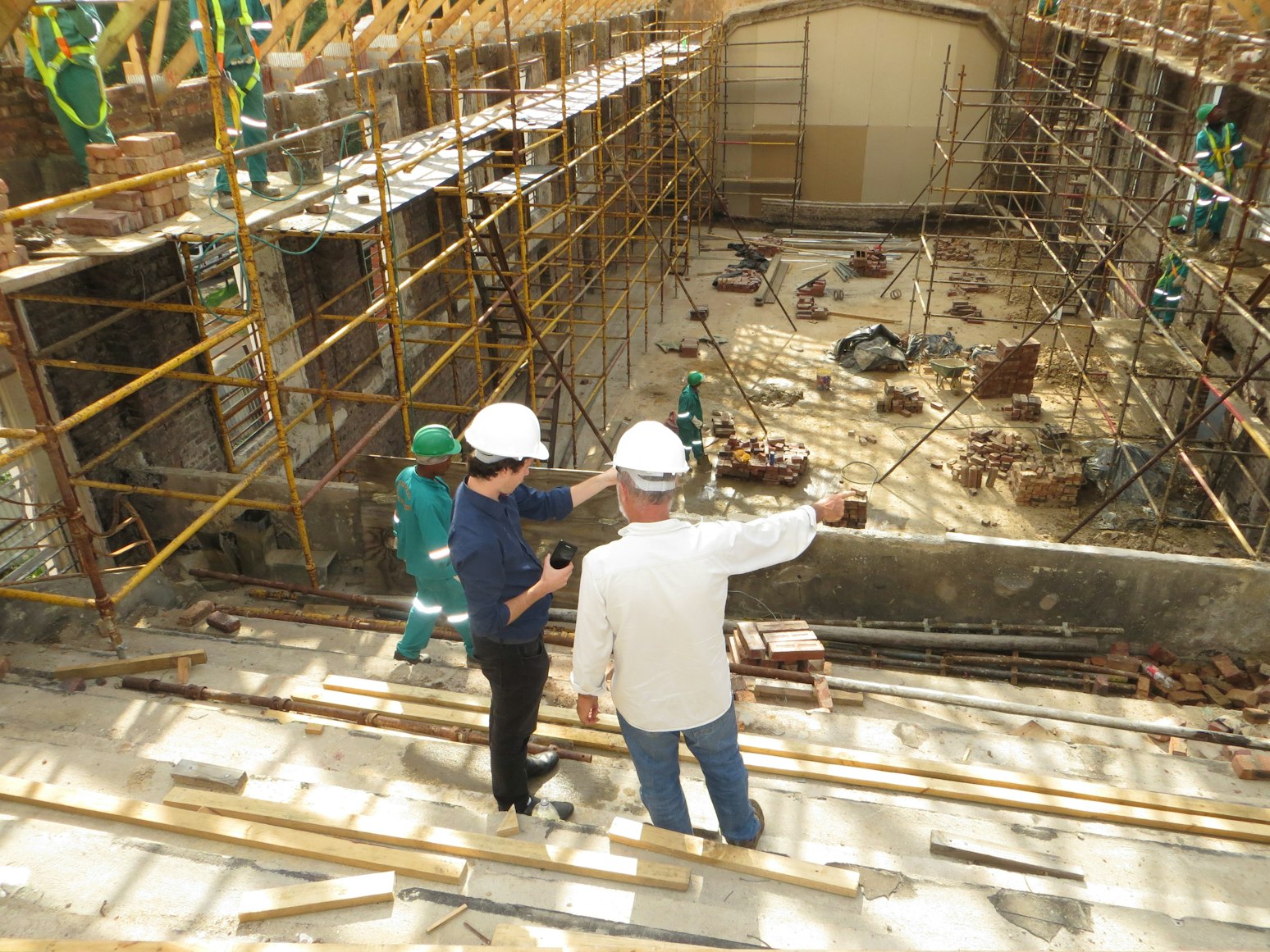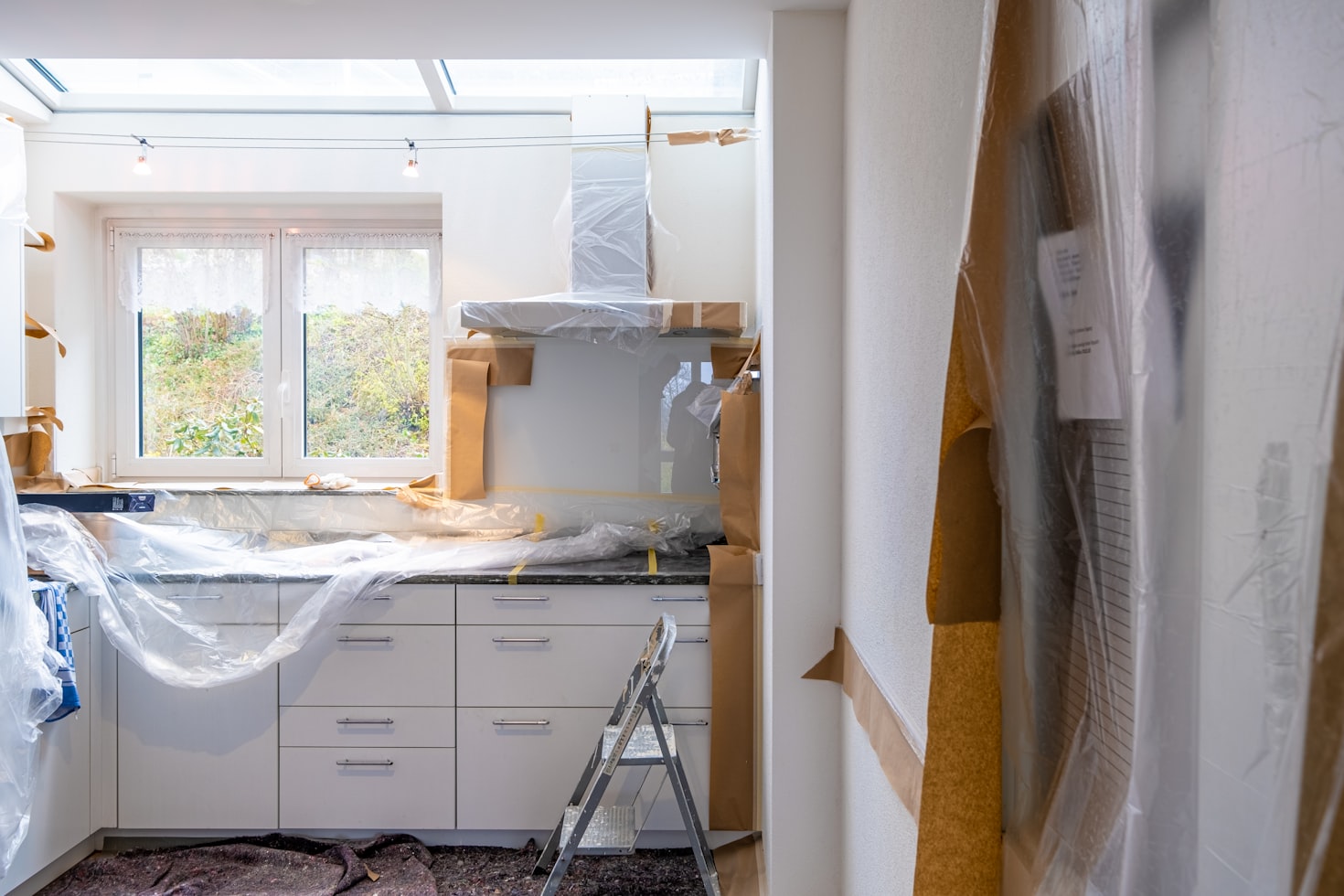Reviving older properties is a transformative journey, blending historical charm with modern utility. This blog delves into the benefits and challenges of revitalizing aging structures, exploring how such projects enhance architectural significance and contribute to sustainable communities. Throughout, we’ll spotlight the crucial role of private lenders for home loans in funding these endeavors, emphasizing their integral support in breathing new life into cherished, older properties.
Benefits of Revitalizing Older Properties
Revitalizing older properties offers a myriad of advantages, making it a compelling and rewarding endeavor.
Preservation of Historical Significance: Safeguarding the historical and architectural significance of older properties is a key benefit. This revitalization process ensures that unique and culturally rich elements are preserved for future generations.
Economic Boost and Job Creation: The revitalization of older properties fuels economic growth and job creation within local communities. Breathing new life into aging structures often results in increased business activity, attracting more foot traffic and stimulating the local economy.
Environmental Sustainability: Revitalization contributes to environmental sustainability through adaptive reuse. Repurposing existing structures aligns with eco-friendly practices, reducing the environmental impact associated with new construction.
Financial Viability: Investing in older properties can lead to increased property value and potential for higher returns. This appeals to investors, including those seeking support from hard money lenders or private money lenders, recognizing the profitability of revitalizing aging structures. These benefits collectively underscore the multifaceted advantages of revitalizing older properties.
Challenges in Revitalization Projects
Revitalizing older properties presents a set of challenges that demand careful consideration and strategic solutions.
Structural Complexities: Revitalization projects often involve grappling with structural and technical challenges inherent in aging buildings. Outdated systems may require extensive renovation, presenting hurdles in the restoration process.
Regulatory Navigation: Navigating zoning and regulatory hurdles can prove complex. Historical preservation regulations and zoning codes add layers of complexity, demanding a careful balance between compliance and innovative transformation.
Historical-Modern Balance: Balancing modern needs with historical preservation poses a distinctive challenge. Integrating contemporary functionality while maintaining historical integrity requires meticulous planning and design.
Financial Constraints: Financing constraints and budget considerations can hinder revitalization projects. Developers may face challenges securing funds, making collaboration with private lenders for home loans crucial for overcoming financial hurdles and ensuring the successful completion of these intricate projects. Addressing these challenges head-on is essential for real estate developers undertaking the intricate task of revitalizing older properties.
Adaptive Reuse Strategies
Adaptive reuse strategies in revitalizing older properties involve identifying suitable new uses that breathe fresh life into these structures. This process taps into the potential for innovative and diverse functionalities. Creative design approaches play a crucial role in maximizing space and functionality. By envisioning inventive layouts and repurposing spaces, developers can optimize the use of existing structures in imaginative ways.
Leveraging technology is pivotal for energy efficiency and incorporating modern amenities. Integrating smart solutions not only enhances the appeal of older properties but also aligns them with contemporary standards, making them more sustainable and attractive to a modern audience. These adaptive reuse strategies collectively contribute to the successful transformation of aging structures into vibrant and purposeful spaces.
Community Engagement
Community engagement is integral to the success of revitalization projects. Involving the local community fosters a sense of ownership and shared pride in the transformation of older properties. Addressing concerns and gaining support from stakeholders is a delicate process. Open communication with residents, businesses, and local authorities is crucial in navigating challenges and garnering the necessary support. Showcasing the positive impact on the neighborhood is a persuasive tool.
Highlighting how revitalization enhances aesthetics, creates job opportunities, and improves property values helps build enthusiasm and support. Developers, often seeking fix and flip loans, find that community engagement not only enhances project success but also contributes to a positive, collaborative atmosphere, ensuring the mutual benefit of all involved parties in the revitalization journey.
Economic Considerations
Economic considerations in revitalizing older properties involve a comprehensive analysis of the cost-benefit ratio. Developers, often relying on fix and flip financing, carefully assess the investment against the projected returns. Additionally, exploring the potential for tax incentives and government support is crucial in optimizing financial viability. These incentives can significantly alleviate the financial burden associated with revitalization projects.
The impact on surrounding property values and local businesses is another pivotal economic facet. Successful revitalization tends to elevate property values, positively influencing the broader community and supporting local businesses. The interconnected nature of these economic considerations underscores the importance of strategic financial planning and collaboration with fix and flip financing providers in ensuring the success of revitalization ventures.
Sustainability and Green Building Practices
Sustainability and green building practices play a vital role in the revitalization of older properties, offering a harmonious blend of environmental consciousness and innovative design.
Incorporating sustainable practices in older building renovations is a progressive approach. Developers, often utilizing financial tools such as fix and flip bridge loans or seeking support from hard money lenders, integrate eco-friendly materials and energy-efficient systems into revitalization projects. The challenge lies in balancing energy efficiency with historical preservation. Striking this equilibrium requires thoughtful consideration, ensuring that modern sustainability measures do not compromise the historical integrity of the structure.
Revitalization projects, emphasizing the environmental benefits of adaptive reuse, contribute to a more sustainable urban landscape. Adaptive reuse not only minimizes waste associated with demolition but also reduces the carbon footprint of construction. Developers, backed by financial support from fix and flip bridge loans or hard money lenders, can champion sustainable revitalization, fostering environmentally conscious practices in the real estate industry while breathing new life into older structures.
Future Trends in Property Revitalization
Future trends in property revitalization are poised to reshape the landscape of real estate, introducing innovative approaches that leverage both technology and evolving market demands.
Emerging Trends in Adaptive Reuse and Revitalization: Emerging trends signal a shift towards more dynamic and diverse repurposing of older structures. Developers are exploring unconventional uses, transforming aging buildings into multi-functional spaces that cater to contemporary needs.
The Role of Technology in Transformation: The role of technology is becoming increasingly pivotal in the transformation of older properties. Smart building solutions, energy-efficient systems, and modern amenities are being seamlessly integrated, enhancing both functionality and sustainability.
Anticipating Market Demands for Repurposed Spaces: Anticipating market demands for repurposed spaces is a forward-thinking strategy. Developers, often supported by financial tools like fix and flip bridge loans, are aligning their revitalization efforts with the evolving preferences of the market, ensuring that older properties not only meet but exceed the expectations of a modern and dynamic clientele. These trends collectively signal an exciting future for property revitalization, blending innovation, sustainability, and responsiveness to market dynamics.
Embark on a transformative journey of revitalizing older properties with the support of Insula Capital Group. Discover the myriad benefits and navigate challenges seamlessly with our tailored financial solutions. As your trusted private money lenders, we offer expertise in financing ventures like new construction loans and provide insights as experienced private mortgage lenders. Whether you’re a seasoned investor or just starting, count on us as your dedicated private lenders for real estate investors and reliable long-term private money lenders. Elevate your property revitalization projects with our support. Contact us today to explore personalized financial solutions for your next venture and turn aging properties into modern assets.




